

Soap making is an ancient craft that has developed into a sophisticated art form. The process combines scientific principles with creative expression, as artisans carefully blend oils, lye, and other ingredients to create products that are both functional and aesthetically pleasing. This versatile medium allows for a wide range of designs, colors, and fragrances, offering endless possibilities for artistic exploration.
Soap makers employ various techniques to create intricate and visually appealing designs. These include swirling, layering, and embedding, which can produce complex patterns and textures. The use of natural colorants and additives such as clays, botanicals, and exfoliants further enhances the artistic potential of soap making, allowing for unique visual and tactile experiences.
The artistic aspect of soap making extends beyond the product itself to include packaging and presentation. Artisans often invest considerable effort in designing labels, wraps, and display options that complement their soaps’ aesthetics. This attention to detail can range from rustic, hand-stamped labels for natural soaps to elegant, minimalist designs for luxury products, making the packaging an integral part of the overall artistic expression.
In recent years, there has been a growing trend towards using food-grade ingredients in soap making. Artisans are incorporating ingredients like avocado, coconut milk, and honey into their designs, which not only add nourishing properties to the soap but also create a luxurious and indulgent bathing experience. This approach also allows artisans to cater to specific skin types and preferences, offering a wide range of options for consumers with different needs and preferences.
The use of unconventional ingredients in soap making has opened up new possibilities for creative expression. Artisans can now play with textures, colors, and scents in ways that were previously not possible, resulting in truly unique and innovative soap designs. Whether it’s a coffee-scented exfoliating bar or a wine-infused luxury soap, the incorporation of unconventional ingredients adds an element of surprise and delight to the art of soap making.
As artisans continue to push the boundaries of traditional soap making, the possibilities for innovation and creativity are endless. The use of unconventional ingredients is revolutionizing the industry, offering consumers a wide range of unique and effective soap products that cater to their individual needs and preferences.

The visual appeal of a soap plays a crucial role in enhancing the overall experience of using it. Aesthetically pleasing soaps not only add a touch of luxury to everyday routines but also make for beautiful gifts and decorative items. Artisans often pay close attention to the visual aspects of their soaps, carefully selecting colors, shapes, and designs that are visually appealing and evoke a sense of beauty and elegance.
The use of vibrant colors and intricate designs in soaps can turn a simple bathing routine into a sensory delight. Whether it’s a marbled soap with swirls of pastel hues or a bold, geometric design with contrasting colors, visually stunning soaps can transform an ordinary shower into a luxurious spa-like experience. Additionally, the visual appeal of soaps adds a decorative element to bathrooms and living spaces, turning them into works of art that can be displayed and admired.
Furthermore, the role of aesthetics extends beyond the physical appearance of the soap itself to include packaging and presentation. Artisans often take great care in designing labels, wrapping, and display options that complement the aesthetic of their soaps. Whether it’s a minimalist, modern design for a luxury product or a whimsical, handcrafted look for a natural soap, the packaging adds another layer of visual appeal to the overall experience.
| Soap Design | Environmental Consciousness | Sustainability Metrics |
|---|---|---|
| Biodegradable Packaging | Uses recyclable or compostable materials | Reduces plastic waste and landfill impact |
| Natural Ingredients | Avoids harmful chemicals and synthetic fragrances | Supports organic farming and reduces water pollution |
| Minimal Waste Production | Efficient use of resources during manufacturing | Reduces energy consumption and carbon footprint |
| Cruelty-Free Testing | No animal testing or animal-derived ingredients | Promotes ethical treatment of animals and biodiversity conservation |
In recent years, there has been a growing emphasis on eco-friendly and sustainable soap designs as consumers become more conscious of their environmental impact. Artisans are increasingly incorporating sustainable practices into their soap making process, using natural and biodegradable ingredients, minimizing waste, and opting for eco-friendly packaging options. This shift towards sustainability not only aligns with consumer values but also adds an extra layer of depth to the art of soap making.
The use of natural and biodegradable ingredients in soap making not only benefits the environment but also adds value to the final product. Artisans often source high-quality oils, botanicals, and essential oils from sustainable and ethical suppliers, ensuring that their soaps are not only environmentally friendly but also offer superior quality and performance. Additionally, the use of natural ingredients adds an element of authenticity to the soap, appealing to consumers who are seeking products that are free from synthetic chemicals and additives.
Furthermore, artisans are exploring innovative ways to minimize waste in their soap making process, such as repurposing leftover soap scraps into new bars or using sustainable packaging materials. By adopting these sustainable practices, artisans are able to reduce their environmental footprint while creating products that resonate with eco-conscious consumers. The incorporation of eco-friendly practices into soap making not only reflects a commitment to environmental stewardship but also adds an extra layer of meaning and purpose to the art of soap making.
One of the most exciting aspects of soap making is the ability to customize and personalize designs to cater to individual preferences. Artisans often offer custom options such as scent selection, color choices, and even personalized labels to create unique and meaningful products for their customers. This level of customization allows consumers to have a hand in the creative process, resulting in soaps that are truly one-of-a-kind and tailored to their specific tastes and needs.
The ability to customize soap designs opens up endless possibilities for creative expression. Artisans can work closely with customers to create bespoke soaps that reflect their personality, style, and preferences. Whether it’s a custom scent blend inspired by a favorite fragrance or a personalized label featuring a special message or design, custom soaps offer a unique opportunity for self-expression and creativity.
Furthermore, the act of customizing and personalizing soap designs adds an extra layer of meaning and sentimentality to the final product. Custom soaps make for thoughtful gifts for special occasions such as weddings, birthdays, or holidays, allowing customers to give a truly unique and meaningful present. Additionally, custom soaps can serve as personal indulgences that bring joy and delight to everyday routines, creating a sense of connection and ownership for the consumer.

The use of high-quality ingredients in creative soap designs ensures superior performance in terms of cleansing and moisturizing. Artisans select oils, butters, and botanicals known for their nourishing properties, resulting in soaps that not only look beautiful but also leave skin feeling soft and hydrated. The incorporation of essential oils and natural fragrances adds an aromatherapy element, offering therapeutic benefits that enhance the overall bathing experience.
Creative soap designs can cater to specific skin types and preferences, offering solutions for individuals with sensitive skin or specific skincare needs. Whether it’s a gentle, unscented bar for sensitive skin or a luxurious moisturizing bar for dry skin, creative soaps address a wide range of concerns while still offering visually stunning designs.
The intersection of art and function in creative soap designs ensures that consumers can enjoy products that not only look beautiful but also deliver on their practical promises. By combining creativity with functionality, artisans create soaps that are both effective and aesthetically pleasing, making them a valuable addition to any skincare routine.
As the art of soap making continues to evolve, artisans are constantly pushing the boundaries of traditional design techniques and exploring new avenues for innovation. From experimenting with unconventional ingredients to embracing cutting-edge design trends, artisans are at the forefront of pushing the limits of what is possible in soap making. This spirit of exploration and innovation not only keeps the craft fresh and exciting but also leads to the development of truly groundbreaking products.
Artisans are increasingly embracing technology as a tool for pushing boundaries in soap design. From 3D printing molds for intricate designs to using digital tools for creating custom labels and packaging, technology has opened up new possibilities for creativity in soap making. Additionally, advancements in ingredient sourcing and formulation have allowed artisans to explore new textures, colors, and properties in their soaps, resulting in products that are truly innovative and unique.
Furthermore, artisans are challenging traditional notions of what constitutes a “soap” by experimenting with alternative formats such as liquid soaps, whipped soaps, and solid shower gels. These innovative products not only offer new sensory experiences but also cater to changing consumer preferences for convenience and versatility in personal care products. By pushing boundaries in soap design and innovation, artisans are able to stay ahead of trends and offer products that are truly cutting-edge and exciting for consumers.
In conclusion, the art of soap making is a rich and diverse craft that offers endless opportunities for creativity and innovation. From experimenting with unconventional ingredients to pushing boundaries in design techniques, artisans continue to elevate the art form through their dedication to creating visually stunning and functional products. The intersection of art and function in creative soap designs ensures that consumers are able to enjoy products that not only look beautiful but also deliver on their practical promises.
As consumer demand for eco-friendly products continues to grow, artisans are incorporating sustainable practices into their soap making process while still creating visually stunning products that resonate with eco-conscious consumers. The future of soap design is bright as artisans continue to push boundaries through exploration and innovation in this timeless craft.
If you’re interested in artistic soap designs, you should check out La Savonnerie Divine’s top 10 premium soap gift ideas for her. This article features a variety of beautifully crafted soaps that would make the perfect gift for any occasion. From floral designs to intricate patterns, these soaps are not only luxurious but also visually stunning. You can find the full list of premium soap gift ideas here.
Artistic soap designs are handmade soaps that are crafted with intricate designs, patterns, and colors to create visually appealing and unique pieces of functional art.
Artistic soap designs are made using a process called cold process soap making, where oils, lye, and water are combined and then various colors, scents, and additives are incorporated to create the desired design.
Artistic soap designs are unique due to the creativity and skill of the soap maker, as well as the use of different techniques such as layering, swirling, and embedding to create visually stunning and one-of-a-kind designs.
Yes, artistic soap designs are made with skin-friendly ingredients and are suitable for everyday use. They not only provide cleansing benefits but also add a touch of luxury and artistry to the daily bathing routine.
Yes, many soap makers offer custom orders for artistic soap designs, allowing customers to choose specific colors, scents, and designs to create a personalized and unique soap that meets their preferences.

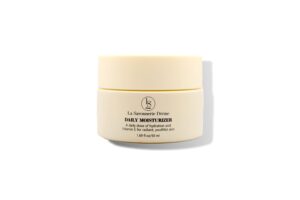

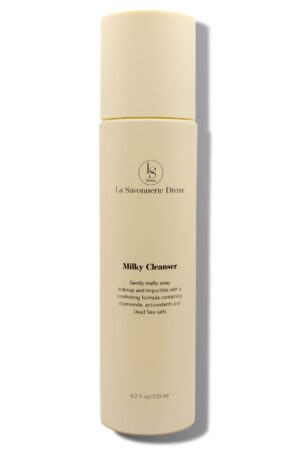
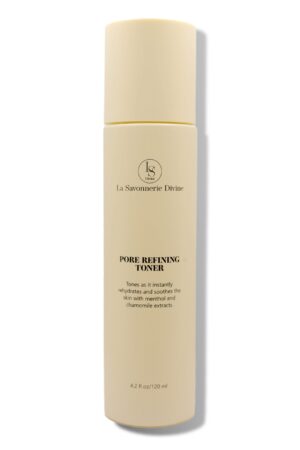
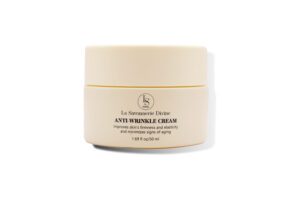
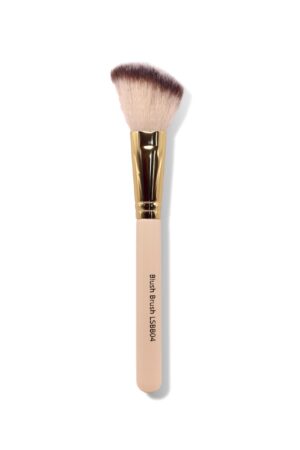
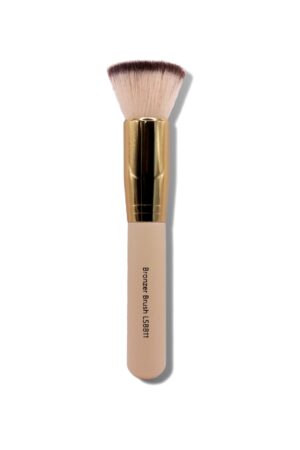
Copyright © 2024 La Savonnerie Divine | Marketing & Design Geek in NY 🗽